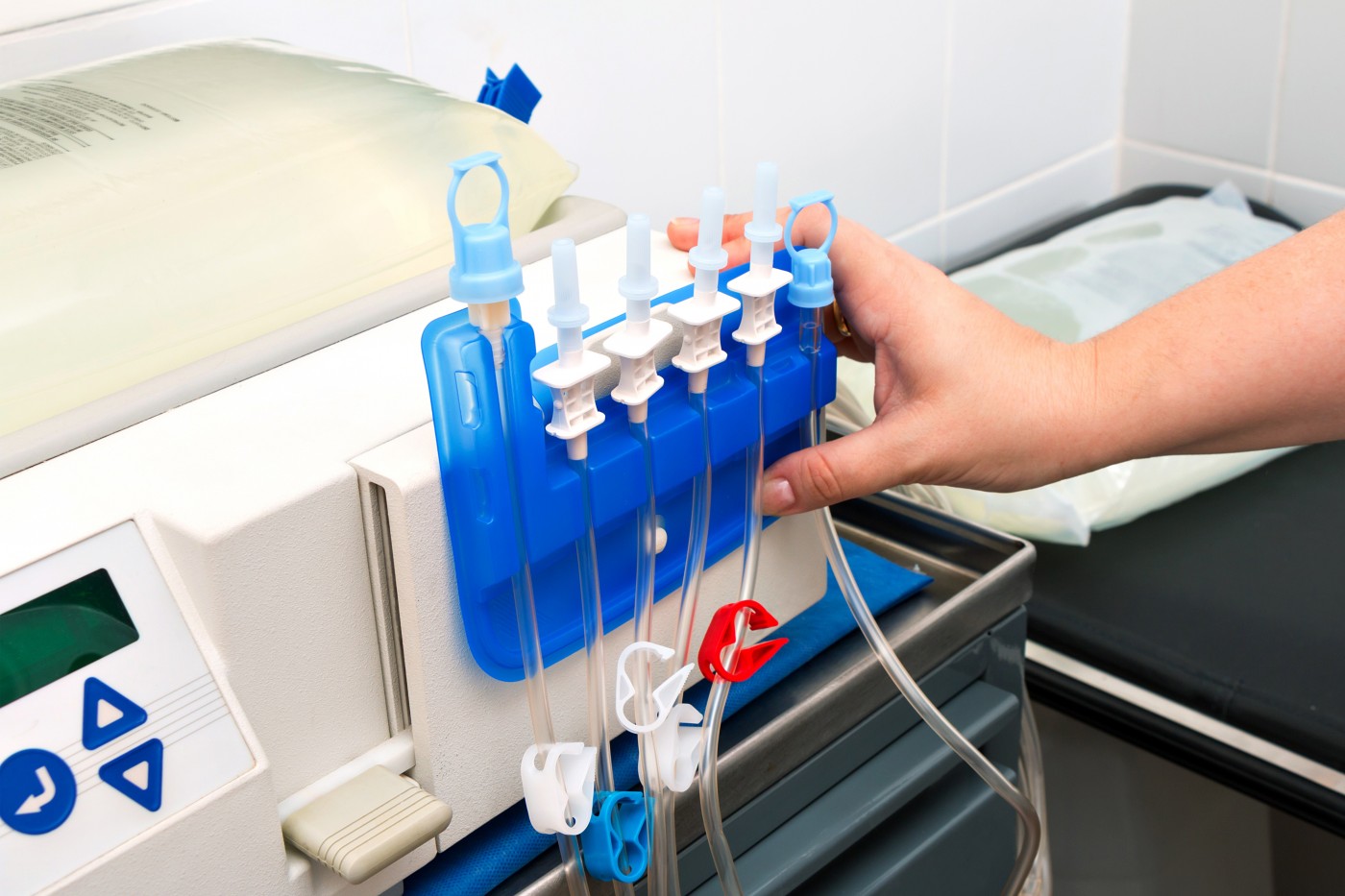Key Pulmonary Hypertension Risk Factors Identified in Patients on Peritoneal Dialysis

Chinese researchers identified a number of risk factors for the development of pulmonary hypertension (PH) in patients under maintenance peritoneal dialysis — and demonstrated that the highest risks were associated with the proportion of arteriovenous fistula, C-reactive protein levels (a measure of inflammation), and ejection fraction measured in the dialysis patients.
Researchers with The Second Affiliated Hospital of Soochow University, China, compared characteristics in 180 patients undergoing peritoneal dialysis. Of this group, 60 patients had been diagnosed with PH and 120 were not affected by lung hypertension.
The research team evaluated clinical data, laboratory findings, primary disease, and echocardiography measures in the two groups. Findings — published in the Brazilian Journal of Medical and Biological Research under the title, “Risk factors for pulmonary hypertension in patients receiving maintenance peritoneal dialysis“ — showed that an array of risk factors were associated with PH.
Smoking, blood pressure, and the proportion of abnormal blood vessel connections, called internal arteriovenous fistula, were higher in the PH group. Serum albumin levels and hemoglobin were lower in the PH patients than in the non-PH patients.
Among the patients receiving dialysis, 35 percent had chronic glomerulonephritis, 33.3 percent had hypertensive nephropathy, 18.9 percent had diabetic nephropathy, and 12.8 percent had other diseases. Only hypertensive nephropathy could be linked to PH.
PH patients also had altered characteristics of the heart’s right ventricle, with an enlarged ventricle, larger diameters of the right ventricular outflow, main pulmonary artery, left atrium, and a thicker interventricular septum compared with patients without PH.
The rates of backward leakage of blood through the heart valves and an abnormal accumulation of liquid around the heart were also higher in PH patients compared to non-PH patients. This was mirrored by a lower ejection fraction in the PH group.
An analysis confirmed that most of these factors were tied to a risk of PH in this patient group. The factors associated with the highest risk were the proportion of arteriovenous fistula, C-reactive protein (CRP) levels, and ejection fraction.
The findings provided an array of factors that can alert clinicians to look for early signs of PH in peritoneal dialysis patients, enabling an earlier diagnosis. They also provide avenues for new research about the mechanisms leading to the development of PH.







